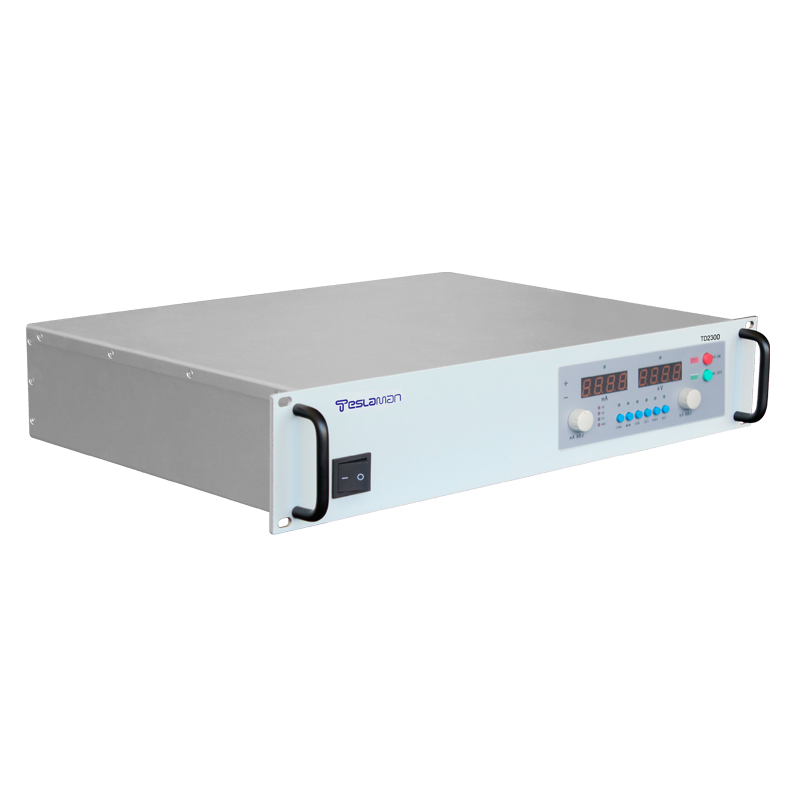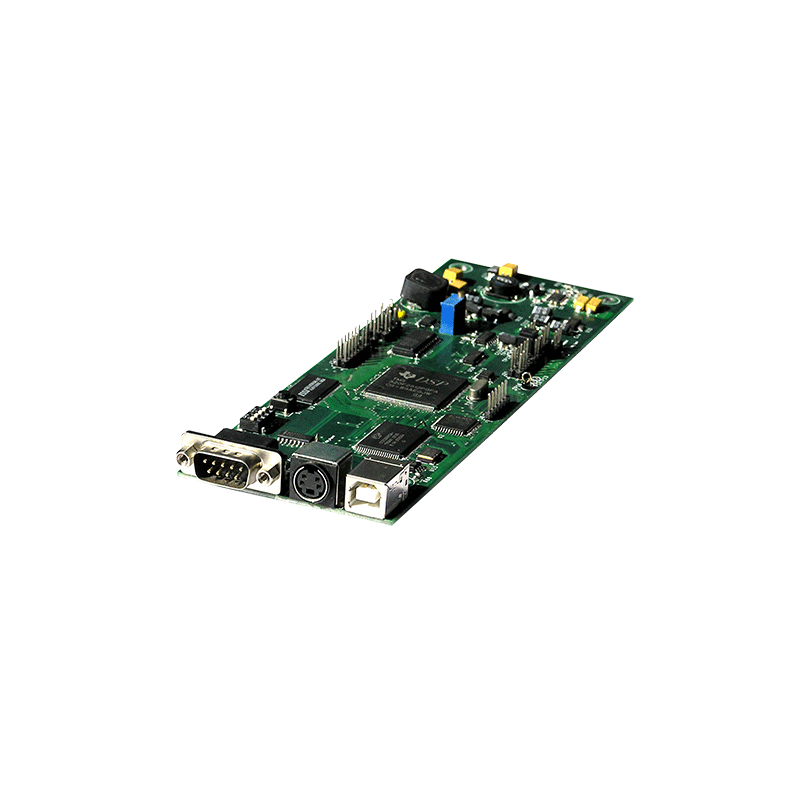High-Voltage Power Supply Scheme for Sterilization Irradiation
In fields such as medical device sterilization, food preservation, and pharmaceutical disinfection, sterilization irradiation has become an indispensable technical method due to its high efficiency and residue-free characteristics. As the core component that drives irradiation equipment such as electron accelerators and cobalt sources to generate high-energy rays, the optimization of high-voltage power supply technical schemes is crucial for improving irradiation efficiency and safety.
Traditional high-voltage power supplies for sterilization irradiation mostly adopt the architecture of power frequency transformer step-up combined with rectification and filtering. This scheme has disadvantages such as large size, slow response speed, and low energy conversion efficiency (usually less than 55%). With the increasing requirements of irradiation processes for dose uniformity, processing speed, and equipment stability, new high-voltage power supply schemes need to break through the limitations of traditional technologies.
The core of modern high-voltage power supply schemes for sterilization irradiation lies in high-frequency and modular designs. Phase-shifted full-bridge soft-switching topologies are employed, increasing the operating frequency to the hundreds of kilohertz range. Combined with zero-voltage turn-on and turn-off technologies, the power conversion efficiency exceeds 92%, effectively reducing energy consumption and heat generation. The modular architecture allows for flexible combination of different power units. In case of a single module failure, it can be quickly replaced by hot-swapping, ensuring continuous operation of the equipment, and facilitating power expansion according to irradiation requirements.
Precise control is the key to optimizing the sterilization irradiation effect. The high-voltage power supply system integrates multi-dimensional monitoring modules. By real-time collecting parameters such as accelerator beam intensity, scanning width, and transmission speed, and combining with a dose prediction model based on deep learning, it dynamically adjusts the power supply output voltage and current. It achieves a dose accuracy control of ±0.5% within a millisecond time scale, ensuring that irradiated items receive a uniform and effective dose and avoiding insufficient or excessive local doses.
In response to the special environmental requirements of sterilization irradiation, high-voltage power supplies need to strengthen protection and electromagnetic compatibility designs. The equipment housing adopts a double-layer shielding structure, with the inner metal shielding layer suppressing electromagnetic leakage and the outer insulating material preventing the adsorption of radioactive substances. The power supply's interior uses isolated power supplies and multi-stage filter circuits to suppress electromagnetic interference (EMI) to an extremely low level, ensuring that it does not affect the normal operation of surrounding electronic devices. Meanwhile, key components are made of radiation-resistant materials and verified through γ-ray irradiation dose tests to ensure long-term reliability in high-radiation environments.
In addition, the intelligent management system empowers high-voltage power supplies. Remote monitoring and fault warning of equipment are achieved through Internet of Things technology, allowing maintenance personnel to view the power supply operation status, historical data, and energy consumption analysis reports in real-time. Artificial intelligence algorithms automatically diagnose abnormal parameters and generate maintenance suggestions, significantly improving equipment management efficiency and safety.
In the future, high-voltage power supplies for sterilization irradiation will develop towards higher power density, stronger radiation tolerance, and more intelligent control. With the performance breakthroughs of solid-state power devices, such as the large-scale application of silicon carbide devices, it is expected to further enhance the power supply output stability and energy efficiency. At the same time, the deep integration with automated conveying systems will promote the unmanned and intelligent development of sterilization irradiation processes.




















